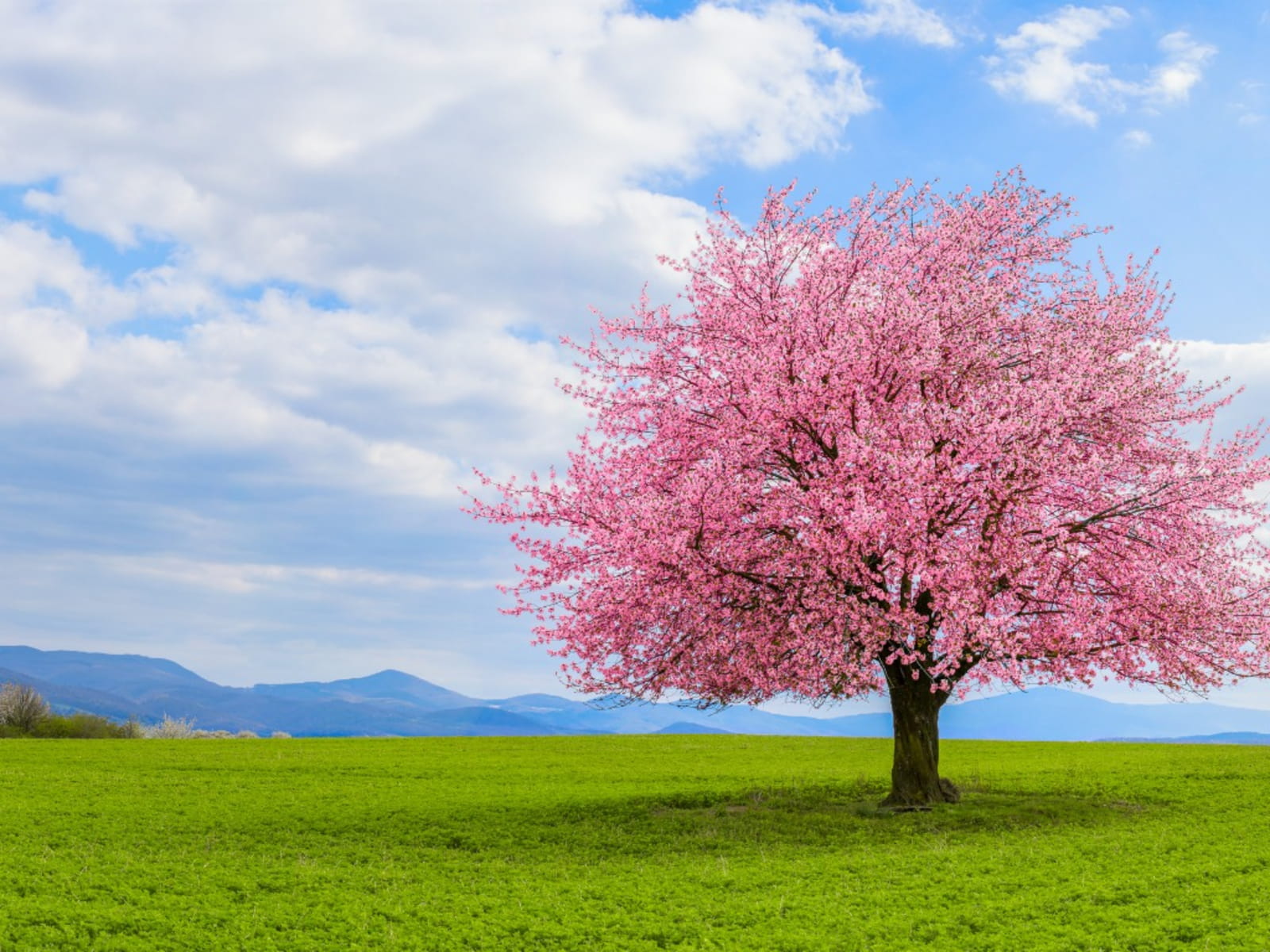Categories of Kurumba
The Kurumba community is a tribal group primarily found in the Nilgiris and Western Ghats region of Tamil Nadu, Kerala, and Karnataka. They are traditionally forest dwellers and shepherds, and they have several subgroups based on geography, language, and occupation.
Here are the main types of Kurumba tribes with explanations:
1. Jenu Kurumba
- Meaning: “Jenu” means honey in Kannada.
- Occupation: Traditionally honey gatherers and hunter-gatherers.
- Location: Mostly found in the Biligirirangan Hills (Karnataka-Tamil Nadu border) and parts of Kerala.
- Language: Speak a dialect close to Kannada with Kurumba influences.
- Lifestyle: Semi-nomadic, dependent on forest resources, skilled in honey collection and wild plant gathering.
- Culture: Rich in oral traditions and forest rituals, they worship nature deities.
2. Betta Kurumba
- Meaning: “Betta” means hill in Kannada.
- Occupation: Primarily hill cultivators and shepherds.
- Location: Found mostly in the Nilgiri Hills region of Tamil Nadu and Kerala.
- Language: Speak a dialect influenced by Kannada and Tamil.
- Lifestyle: Settled agriculturalists, cultivating crops like millets and ragi alongside animal husbandry.
- Culture: They have distinct festivals related to agriculture and nature worship.
3. Alu Kurumba
- Meaning: “Alu” means plough or related to farming tools in Tamil.
- Occupation: Mainly agriculturalists and laborers.
- Location: Predominantly in the Nilgiris and surrounding Tamil Nadu areas.
- Language: Speak a dialect closer to Tamil with Kurumba influences.
- Lifestyle: More settled compared to other Kurumbas, engaged mainly in farming and daily wage labor.
- Culture: They observe Hindu festivals but also maintain tribal rituals linked to their agricultural lifestyle.
4. Yer Kurumba
- Meaning: “Yer” refers to another subgroup with variations in dialect and customs.
- Occupation: Mixed occupation of agriculture, shepherding, and forest gathering.
- Location: Found in scattered areas within Tamil Nadu and Karnataka.
- Language: Dialect varies with region, mixing Tamil and Kannada elements.
- Lifestyle & Culture: Combination of settled farming and some forest-based practices.
Summary Table
| Subgroup | Main Occupation | Location | Language Influences | Key Characteristics |
|---|---|---|---|---|
| Jenu Kurumba | Honey gathering | Biligirirangan Hills | Kannada + tribal dialect | Semi-nomadic, forest hunter-gatherers |
| Betta Kurumba | Hill farming & shepherd | Nilgiri Hills | Kannada + Tamil | Settled cultivators, shepherding |
| Alu Kurumba | Farming, labor | Nilgiris, Tamil Nadu | Tamil + tribal dialect | Settled farmers, laborers |
| Yer Kurumba | Mixed (farming & gathering) | Tamil Nadu, Karnataka | Regional dialect variations | Mixed subsistence |
Similar Posts : Who are Kurumba Gounder, MettuMahadhanapuram mahalakshmi and kurumba, Maleeswari - The Mother Goddess of Hills and Forests, The Day Lakshmi Hid in Wool – The Story of Karur Mahalakshmi Temple, Kurumba, kurumbar, kurumba gounder - who are they?, See Also:Kurumba kurumbar kurumba gounder
